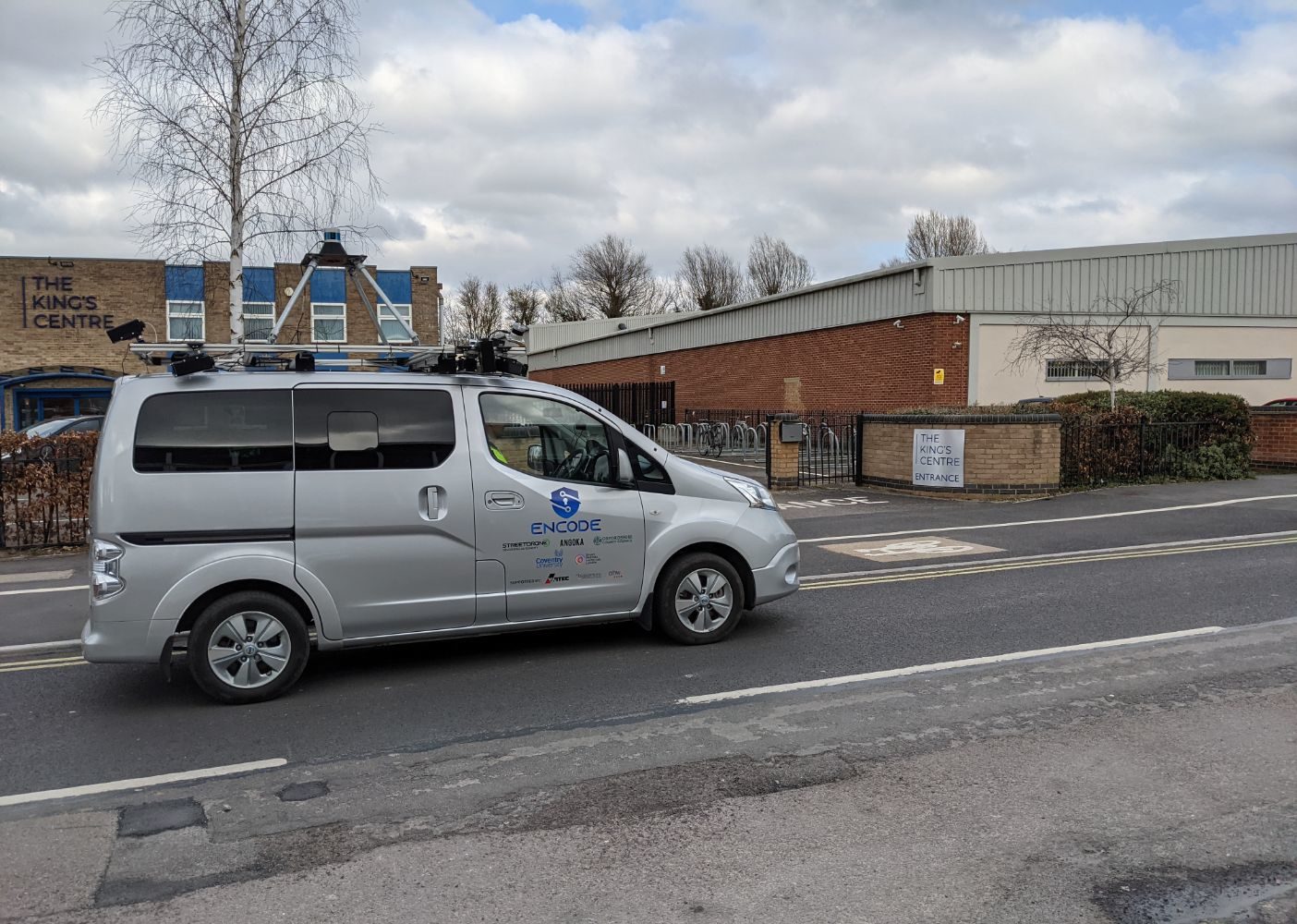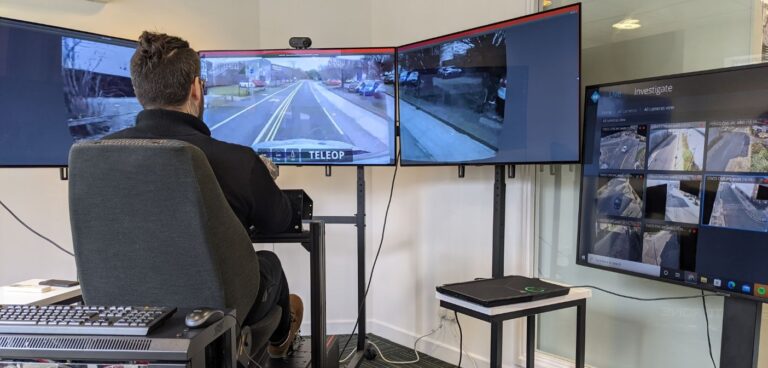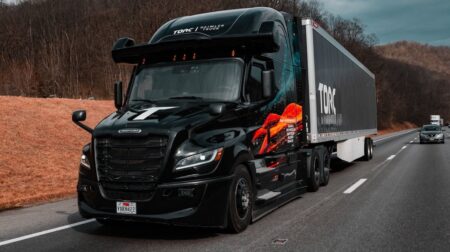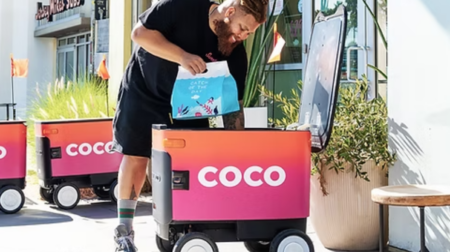In the first live UK public road demonstration of its kind, the Encode project trialled technologies to transfer the control of a vehicle operating across three states – from manual driving to an autonomous self-driving state and finally teleoperated control by a remote driver operating from a control centre.
The Innovate UK and CCAV-funded project saw the self-driving vehicles take to the roads of Oxford and London. StreetDrone, a developer of technologies that deliver efficiencies in supply chain logistics, managed the autonomous vehicles and remote teleoperations.
According to StreetDrone, this ‘autonomy + teleoperations’ approach enables more complex tasks to be managed by remote teleoperations drivers while autonomous systems can manage vehicle operations in more straightforward contexts.
Project Encode is part of StreetDrone’s portfolio of trials of technologies focused on delivering efficiencies to the supply chain that includes the automated and teleoperated management of HGV deliveries at Nissan Sunderland (5G CAL).

Central to Encode is the safe transfer of control across the multiple driving states by virtue of the cybersecurity of the operating systems. This element of the project was managed by Angoka, an IoT security company and StreetDrone partner focused on protecting machine-to-machine connectivity for transport and smart city applications.
Coventry University’s Systems Security Group, part of the Centre for Future Transport and Cities (CFTC) led on the threat and risk assessment for the underpinning technology and the live trials on public roads was enabled by Oxfordshire County Council and TRL and the Smart Mobility Living Lab.
Mike Potts, StreetDrone’s CEO, said: “The success of this trial conducted not in a controlled environment but out on the public highway, is blending autonomous technologies with teleoperation to prove an advanced level of technology readiness that can now deliver much-needed efficiencies into the supply chain. Where tasks are too complex for autonomous technologies, teleoperations steps in. This integration provides a ‘ready-now’ solution and it has been a sight to behold to see it in operation.”








